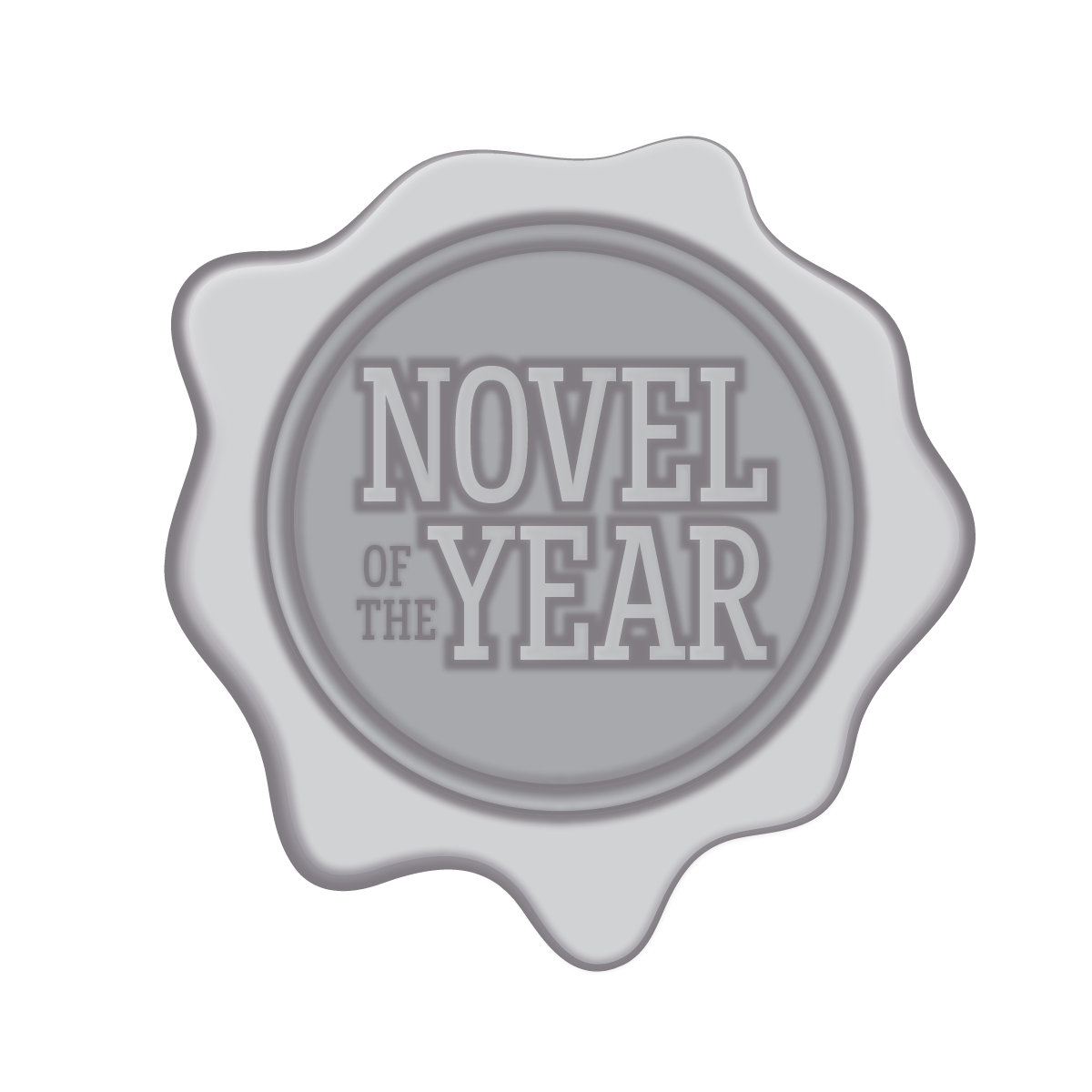The Rundown
The Recommendation
The Rating
The Links
The Reviewer
Katie Rose Guest Pryal
Visit Katie Rose Guest Pryal‘s website.Remember that song “Respect Yourself” by The Staple Singers? No?
Good gracious go listen to it right now. That song is like the writer’s anthem. Here’s a link to it on Youtube. Starting at 2:21, your life will be changed forever.
OK, now that we have that covered, I’m going talk about one way that you can show respect to your life as a writer. To your writing career. To writing, period. You can schedule yourself.
I get a lot done in a day. I also have two small children (ages 4 and 6) and a husband who works long hours in another city. I don’t have a choice but to run a tight ship. (Heck, I run a nuclear submarine.) The only way I can get anything done is to schedule my work. Even though I don’t punch a clock or show up at an office at a designated time, by scheduling my work, I show myself, and the world, that my time is valuable.
I respect myself by scheduling myself. Here’s how to do it.
(1) Pick a scheduling method and use it.
Here’s what I use to schedule my work (and home) life. I use a calendar software that syncs between my laptop and phone, and I use a to-do list software that does the same. Let me talk about how each one works, and then how they work together.
When I was searching for calendar software, I knew it needed to have certain functions in order to work for my household and professional life. It needed to sync (like I described above), it needed to accommodate multiple calendars (one for my work, one for my husband’s work, and one for our home), and it needed to be able to be edited by multiple people (i.e., by my husband and me).
Here are some other nice features about our software: I’m able to decide which calendars are visible at any given time, which means that I don’t have to view his work calendar all the time. But if I do want to view his work calendar, I just have to check a box and it appears, letting me know if he and I have a conflict, or if he’s going to be out of town or working late. He’s able to do the same with my work schedule.
Using this calendar software, I schedule my work days down to the minute. I’ll get to that technique in #2, below. Because, for me, a calendar can’t exist without a to-do list. They work together.
The to-do list software I use also has an app that syncs between my laptop and my iPhone. It allows me to create “projects,” and each of those projects has its own to-do list. Each of my books is a project, plus each of my regular freelance columns, plus other regular freelance gigs, plus “home”—being a parent is a job after all—and other things that made sense to have. I can assign each task a due date and a priority. Plus, when I complete a task, I click the check box and the software makes the most satisfying “ding” sound. Pavlov was right.
Note: The to-do list software is the reason that I’m able to keep my email inbox empty. (See: inbox zero.) I don’t use my email inbox as a to-do list. If there is an item in my inbox that needs doing, I either do it, or I put it on the to-do list. I have found that there is nothing, literally nothing that is more distracting from my own writing than emails in an inbox begging for me to answer them. (Even as I type those words, my mouse drifts over to my email software, begging me to check it, almost as though my own will doesn’t control where the mouse goes. When it comes to checking email, I have a ouija mouse.)
Like I said above, the to-do list and the calendar work together. Every day, I look at my to-do list and put items from the to-do list onto my calendar.
(2) Schedule everything.
Items on the to-do list won’t get done if you don’t make time for them to get done. Therefore, you must schedule items on your calendar. The trick, though, is to schedule small, doable tasks in small chunks of time.
Let’s say you, like me, are working on a novel. You can’t put on your to-do list the following task: “Write novel.” That’s ridiculous. Instead, you need to break the writing of your novel into tasks that can be done in two- or three-hour chunks. Try breaking writing tasks into a certain number of words. Or a chapter or two. Or an outlining task. Or writing character sketches.
There are many tasks that go into writing a novel—but you have to break them into two- or three-hour chunks. It’s hard at first, but once you get used to it, you’ll be able to put those tasks on your to-do list. And if you use software, you can add them all (and there are many), and the list won’t get unwieldy. That’s because your to-do list software only shows what you have to do today, or this week, or whatever view you choose to have it show you.
Now that you have your tasks created, it’s time to schedule them. Here’s how I do it. I create a one-, two-, or three-hour block of time on my calendar in the morning and type the task into it. I also schedule an alarm to go off so I know that it’s time to start that task. Then, I schedule the next task, and the next, until my day is full. But be sure to set your alarms so you know when it is time to wrap up the task that you are working on and move on to the next.
I tend to do schedule my tasks for an entire week. I do leave some open time for last-minute meetings in the afternoons, but not much time. I have a full-time job, just like everyone else. I’m not always available just because I write full time. I have deadlines to meet.
I have a job to do. I respect my job. I respect myself.
(3) Don’t forget to buffer.
And because I respect myself, I also have learned to buffer.
I learned the concept of buffering when I was a full-time professor, a mother of a 2 and 4 year old, and a writer on the side. I never had a enough time for anything. I ate while running (literally running) down the hall to class. I removed all chairs from my office because I never had time to sit down, plus I was tripping over them because I wasn’t looking where I was going. I was in a constant state of needing to pee because I never had time for that either, which made me very crabby and also made me talk really fast. It wasn’t a pleasant existence.
A wise colleague at the university sat me down and told me that I needed to buffer my time. I hadn’t heard of buffering before, so she explained it to me. Basically, buffering means leaving small cushions of time between scheduled events so that you have time to pee, time to eat, time to take a break, time to check in with the people you love, time to do anything but work. Sometimes, it’s nice just to go stand outside for a few minutes and stretch.
So, as you schedule your tasks on your calendar, leave 15 minutes between them. If you’re feeling wild and crazy, leave 30 minutes between them. (I leave 30 minutes because I like to live on the edge.) And then use that buffer time as it’s meant to be used. This is part of respecting yourself, too. Don’t just push through. Stretch, walk, eat, breathe. Then write some more.










